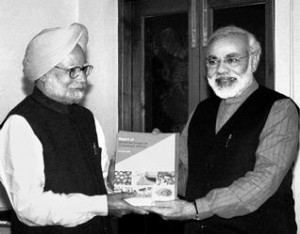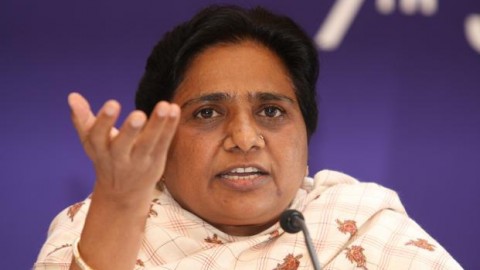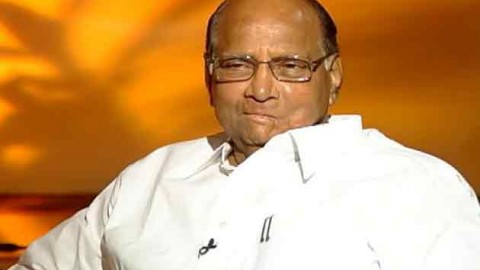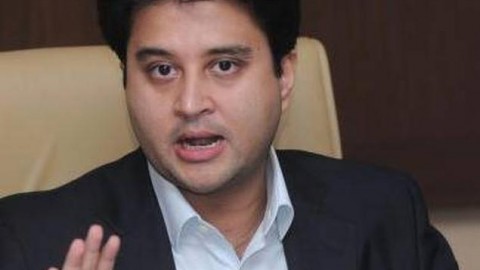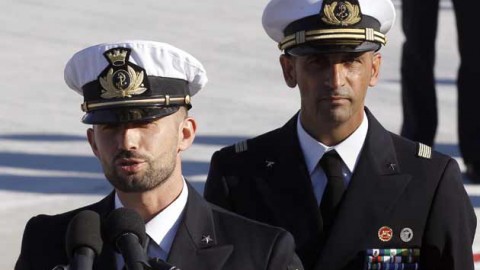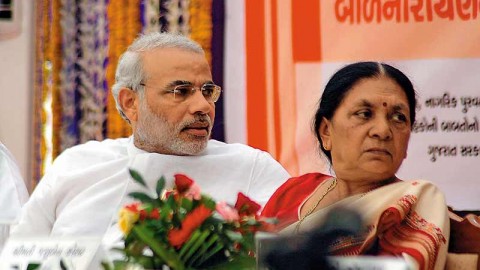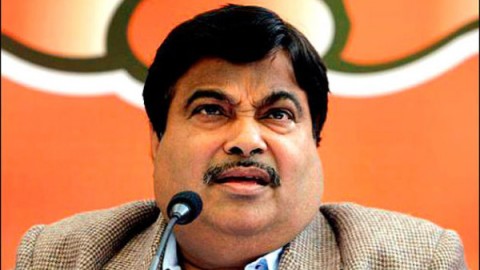The Air India staff was helping a departing flight reverse
Mumbai: A forty-year-old Air India ground engineer, in-charge of aiding flights back onto the runway, was brutally killed by an operating jet engine in the A-319 Air India flight that was to travel from Mumbai to Hyderabad on Wednesday evening. the flight was being reversed from the parking bay with a hundred or so passengers on board, when Ravi Subramanium was sucked into the engine at around 8:30 PM.
Since an aircraft is only capable of forward movement, it requires assistance in backing out and is hence, supported by a tow-van at the back and an engineer standing opposite to the aircraft’s nose so as to be clearly visible. While the flight was being controlled by an experienced pilot A G Sharma with a new co-pilot, who misread a signal and started the engine, Subramanium was the supervisor of the push-back. “No one knew what happened. All of a sudden we hear that we heard that the technician has been sucked into the engine,” said a shocked passenger. Although while going to the press the corpse of the slain engineer hadn’t been recovered, a CISF official commented that ‘the body has been badly mutilated’.
Interestingly, the distance between the engine of an AI-319 aircraft and its nose is nearly 30 feet. quoted an airline official, “When an aircraft is being pushed back, the engine, even when if it has been started is on idle thrust, that’s about ten per cent of its total thrust. During taxiing it’s never more than 35%. Ground staff and technicians know quite well the area that should be kept clear in front of the engines.” The Auxiliary Power Unit of the aircraft (APU) was dysfunctional; at the time, a tool which provides the energy for air-conditioning, engine start-up and other purposes before take-off. “But most APUs on AI’s narrow-body aircraft don’t work. To start an engine, you have to crank the engine, rotate the engine fan. If APU is not functional, pilot starts one engine, before push back, when the aircraft is in the bay with the help of an external power source. Once the engine is started, the power source is disconnected, the aircraft is pushed back then the live engine has to be revved up for the other engine to be started,” claimed one official. And hence, the accident seems to have occurred during one of these proxy processes. Had it been a regular back-up procedure, the ground engineers would have made sure that the area around the engines was clear before revving them up.
While the Directorate General of Civil Aviation (DGCA) has demanded an immediate inquiry into the incident, Air India Chairman Ashwani Lohani will be arriving in Mumbai on Thursday to inspect the handling of the incident and its circumstances to prevent further such incidents. She commented, “We are deeply saddened and regret this tragic incident. This is being investigated. Our heartfelt condolence to the bereaved family.” At the same time, a case of accidental death is being registered by the Sahar Police, as confirmed by the Deputy Police Commissioner (Zone VIII).
The second incident of its kind in the history of Indian civil aviation, it follows a case in 1995 when a bystander driving his moped across the runway was sucked into the engine of a landing airplane— he was not an airport staff member but the relative of a security official who allowed him an airport pass. It was when security arrangements at airports were not absolute. In any case, both incidents have left the air community appalled and fuming, while bringing into light the need for Indian airlines to be more careful about aircraft maintenance and protocols.
Source: The Times Of India
Tags: air india

